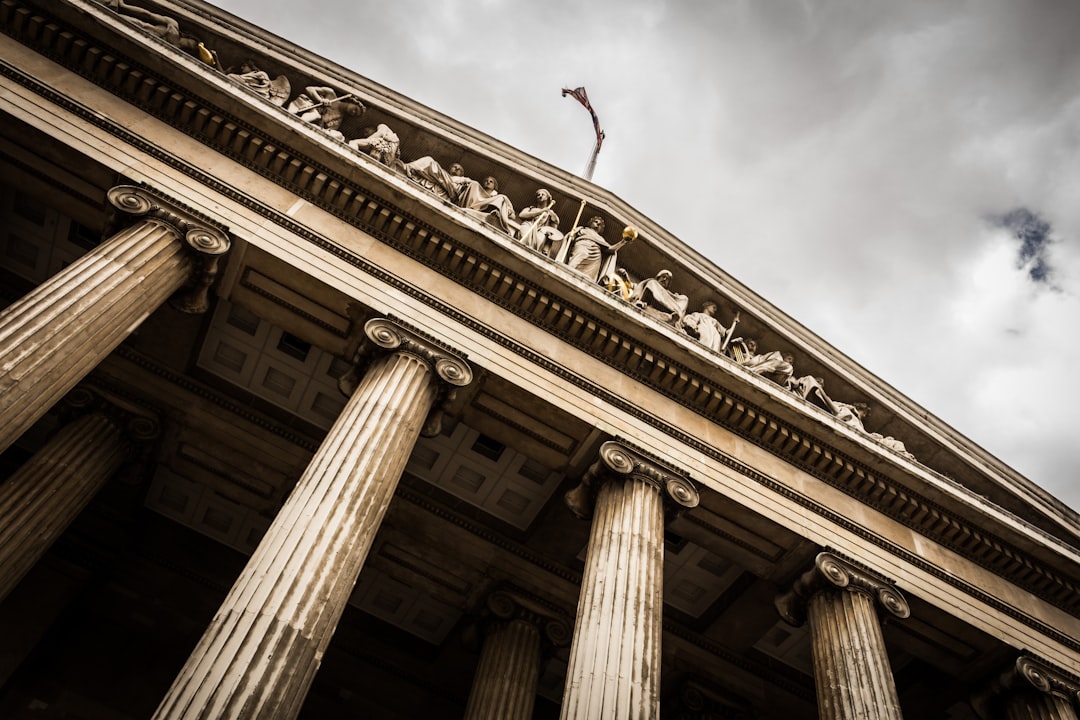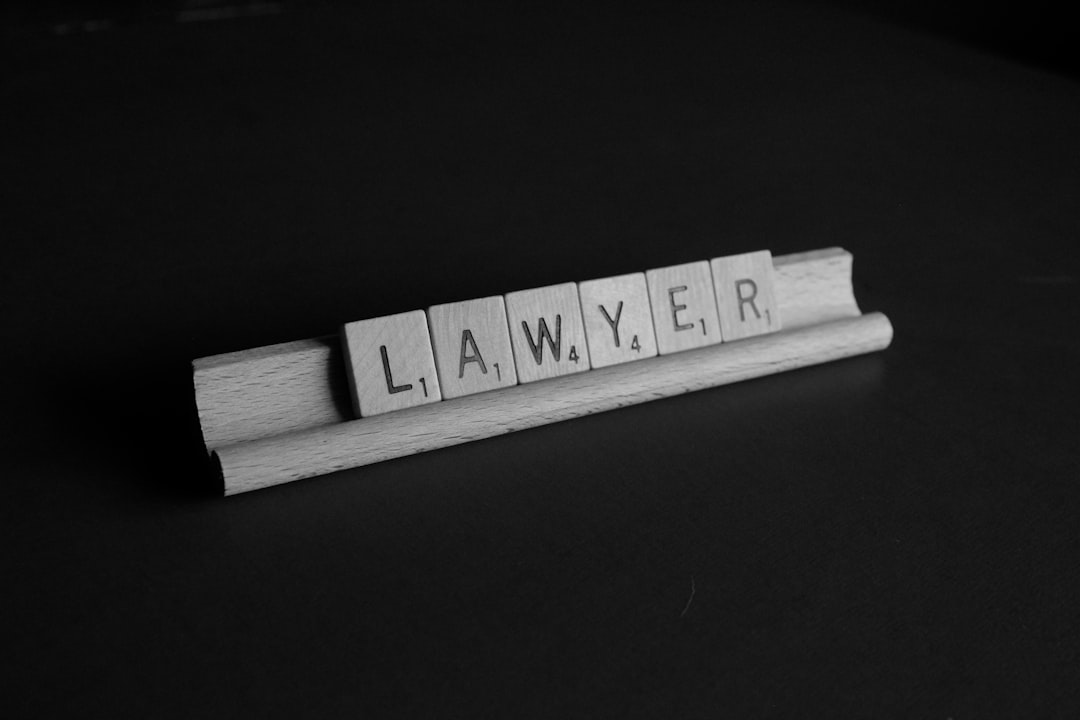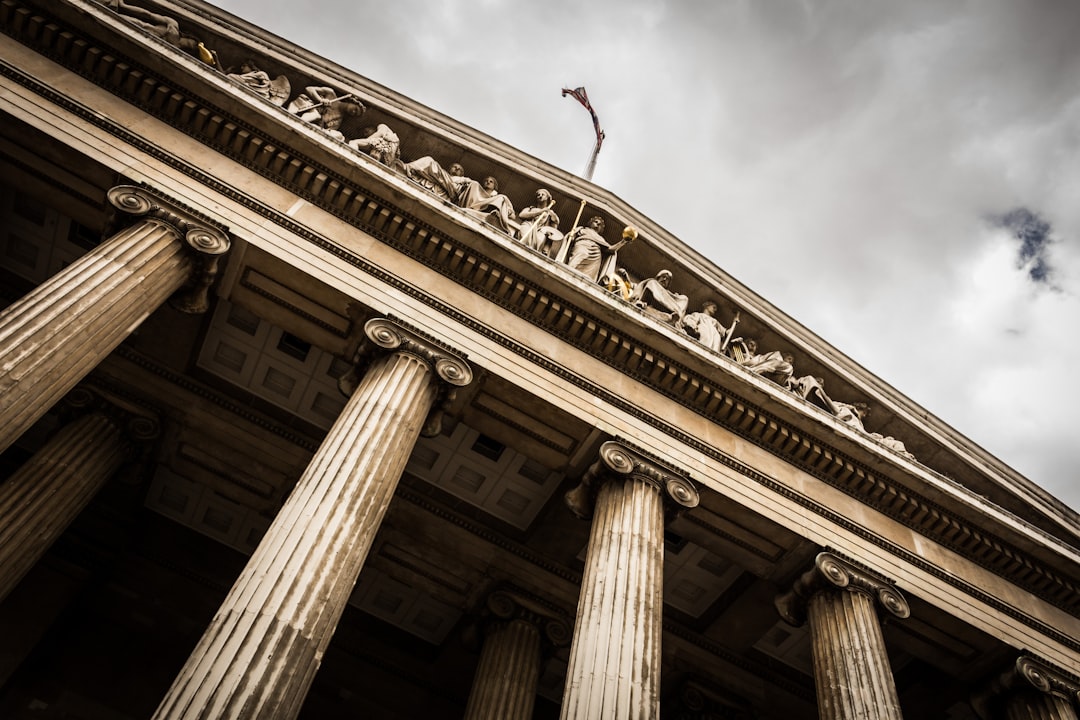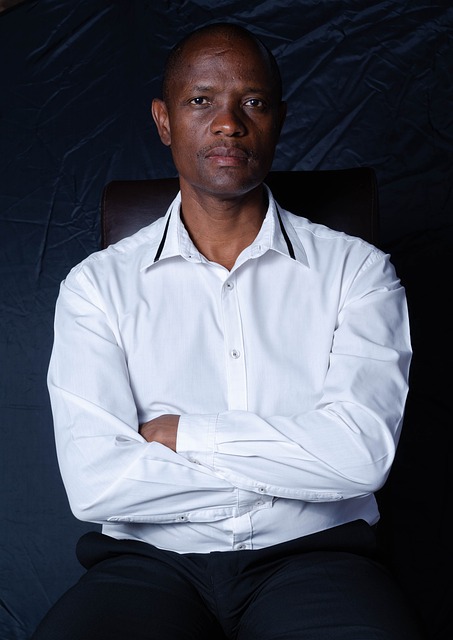St. Louis, Missouri's sexual assault trends demand meticulous analysis, with crime reports offering crucial data for rape attorneys and community organizations. The city's diverse landscape and elevated rates present challenges, but also opportunities to combat sexual assault through targeted initiatives. Analyzing data over a decade shows peaks in 2018 and 2020, indicating the need for multifaceted approaches. Rape attorneys play a vital role, offering legal expertise and emotional support to survivors while pursuing justice and accountability.
“In the pursuit of understanding and addressing sexual assault trends, a deep dive into St. Louis, Missouri’s crime data offers critical insights. This article presents a comprehensive analysis of sexual assault statistics in St. Louis, exploring their prevalence, contributing factors, and evolving patterns over time.
From the role of rape attorneys to the broader community impact, we unravel complex factors shaping these trends. By examining St. Louis’ unique context, this study aims to highlight strategies for improved prevention and support.”
Understanding St. Louis' Crime Statistics: A Overview
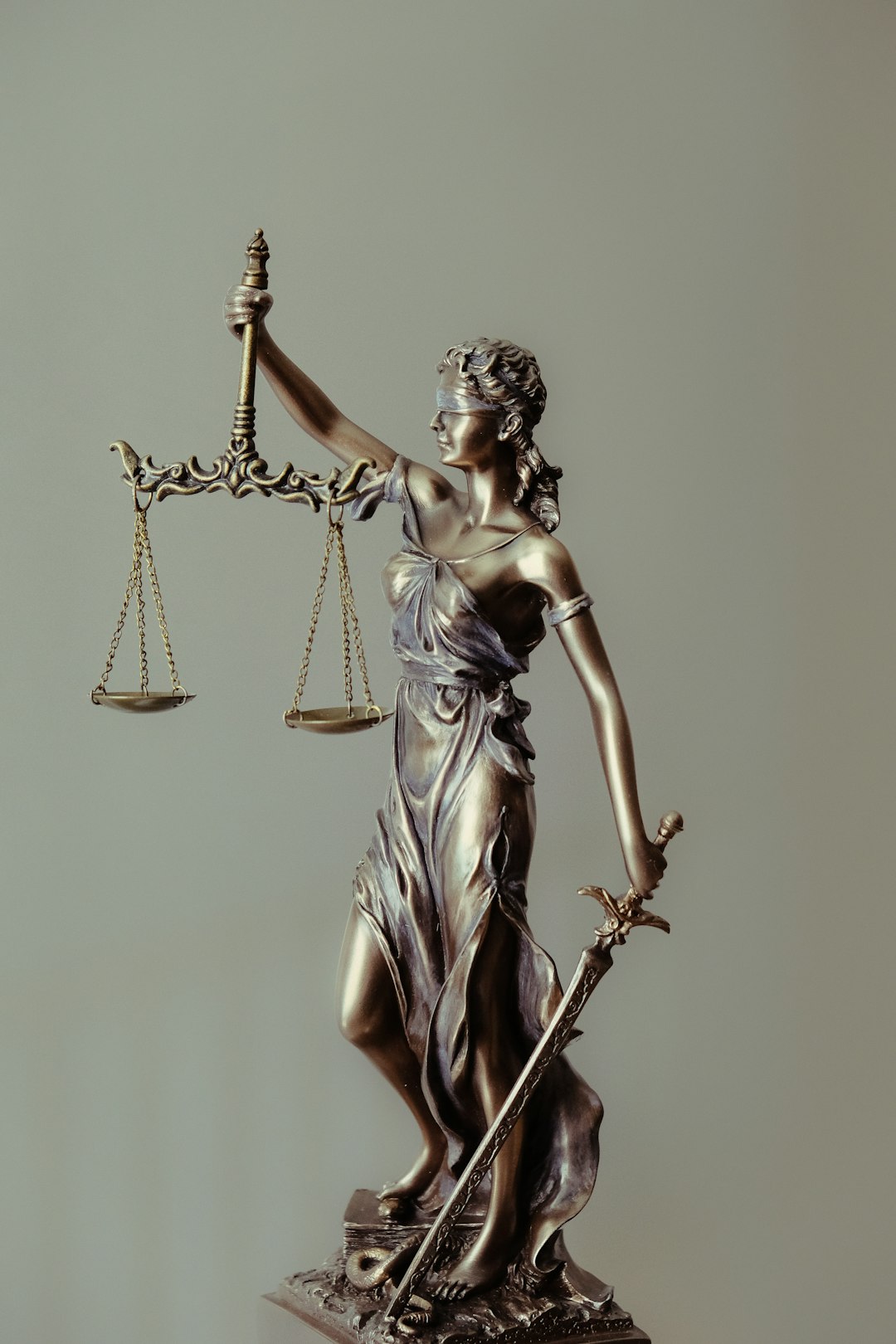
St. Louis, Missouri, like many urban areas, faces complex crime trends that demand careful examination, especially when it comes to sexual assault cases. Understanding the city’s crime statistics is a crucial first step in addressing these issues. Crime data from St. Louis provides valuable insights into patterns and hotspots, helping identify areas where resources can be allocated effectively. The City of St. Louis Police Department regularly releases crime reports, offering a comprehensive view of various criminal activities, including sexual offenses.
These statistics play a vital role for rape attorneys in St. Louis MO who rely on them to provide effective legal representation. By analyzing trends and understanding the geography of crime, these attorneys can better serve their clients, strategize defense plans, and advocate for survivors. Moreover, such data aids community organizations and policymakers in developing targeted initiatives to prevent sexual assault and support victims.
The Prevalence of Sexual Assault in Missouri

Sexual assault is a significant concern in Missouri, with St. Louis serving as no exception. According to recent data, sexual violence continues to impact many residents across the state. In fact, Missouri ranks among the higher rates of reported rape and sexual assault incidents nationwide, underscoring the need for continued awareness and prevention efforts.
St. Louis, being a bustling metropolis, has seen fluctuations in crime trends over the years, including sexual assault cases. The city’s diverse landscape presents unique challenges, and understanding these patterns is crucial. With the support of dedicated rape attorneys St. Louis MO, victims can navigate the legal system while holding perpetrators accountable. By analyzing these data trends, community members, advocates, and law enforcement can work together to implement effective strategies to combat sexual assault and promote safety for all.
Key Factors Contributing to St. Louis' Sexual Assault Rates
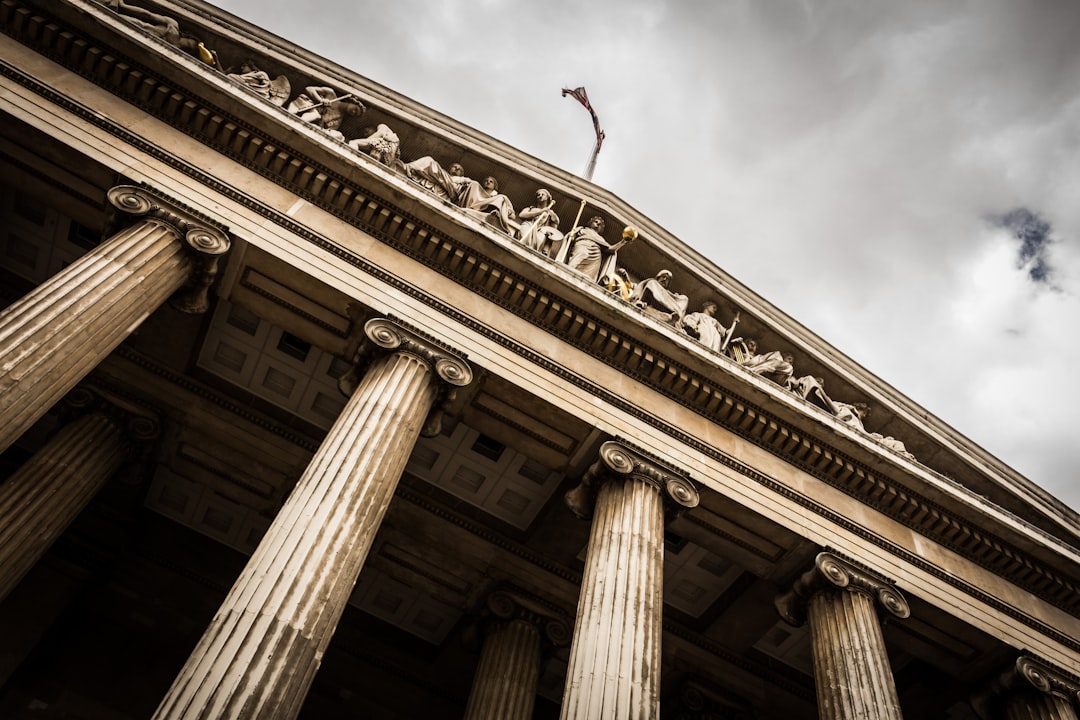
Several key factors contribute to St. Louis, MO’s sexual assault rates. One prominent factor is the city’s demographic composition, with varying population groups potentially experiencing and reporting crimes differently. According to recent data, certain neighborhoods in St. Louis exhibit higher concentrations of sexual assault cases, often linked to socioeconomic disparities, lack of access to resources, and elevated rates of interpersonal violence within those communities.
Additionally, cultural norms and attitudes play a significant role. The presence of rape attorneys in St. Louis MO underscores the city’s efforts to combat sexual assault through legal avenues. However, societal perceptions about consent, gender roles, and reporting crimes can influence the number of cases that come to light. Educational initiatives and community outreach programs are essential to raising awareness, challenging societal norms, and encouraging victims to seek justice.
Trends and Patterns: Analyzing Year-on-Year Data
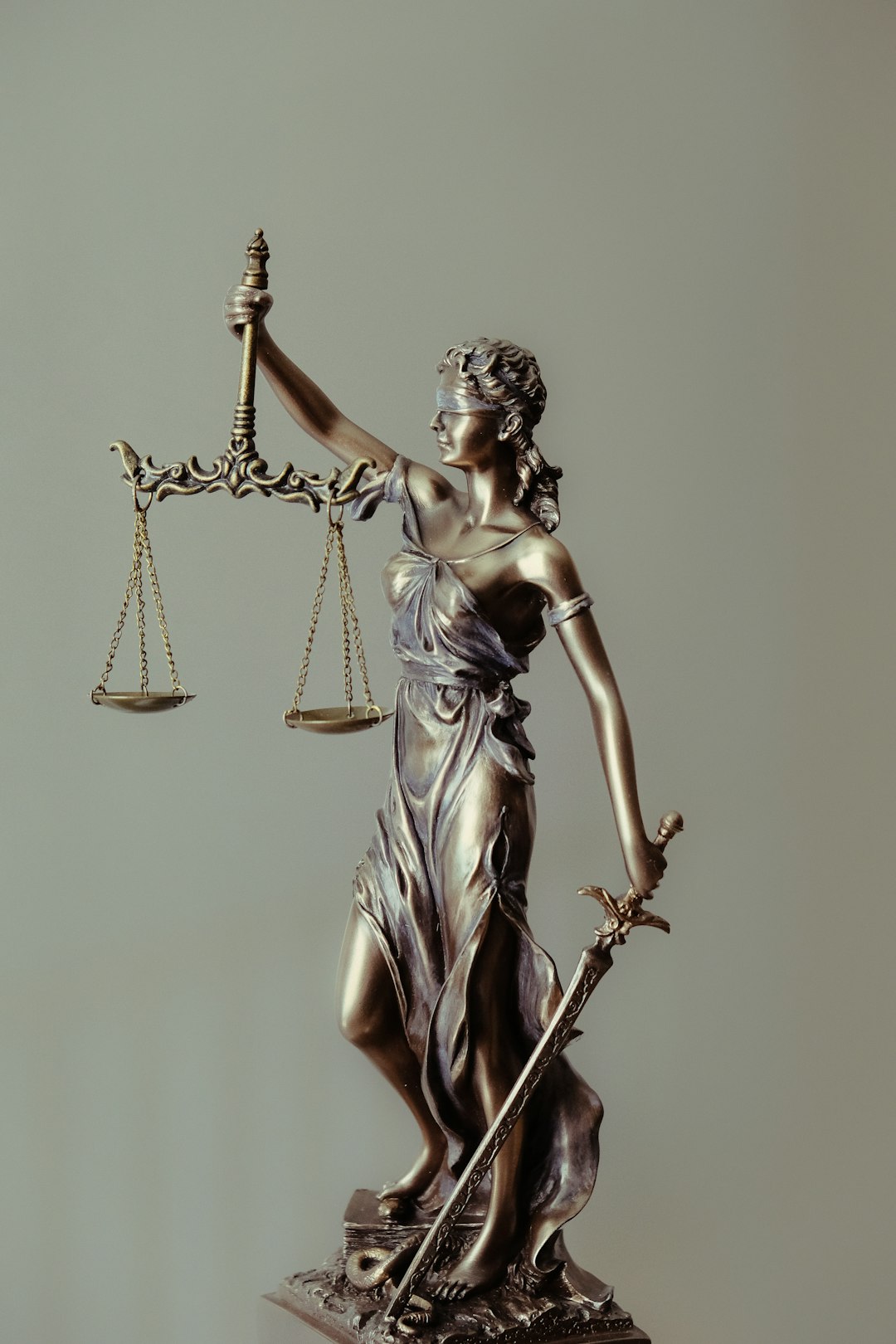
In analyzing crime data trends for sexual assault in St. Louis, MO, a year-on-year perspective reveals striking patterns. The number of reported cases has shown both fluctuations and consistent growth over the past decade, with notable peaks in 2018 and 2020. These spikes could be attributed to increased awareness, better reporting mechanisms, or changing societal norms regarding sexual violence. However, a deeper dive into the data might also uncover underlying social and economic factors contributing to these trends, highlighting the need for multifaceted approaches to prevention and support.
Rape attorneys in St. Louis MO often find themselves at the forefront of this complex issue, representing victims seeking justice and closure. Understanding these crime data trends is not just an academic exercise; it equips legal professionals with crucial insights to advocate effectively for their clients. By recognizing recurring patterns, they can anticipate challenges, tailor strategies, and ultimately enhance outcomes in cases involving sexual assault.
The Role of Rape Attorneys in St. Louis MO Community

In the complex landscape of sexual assault cases, rape attorneys in St. Louis MO play a pivotal role in advocating for justice and support. These legal professionals are equipped to navigate the intricate web of criminal procedures, ensuring that victims’ rights are protected and their stories are told effectively. With a deep understanding of local laws and court systems, they guide survivors through the often daunting process, offering both legal counsel and emotional support.
St. Louis MO’s community benefits significantly from the presence of dedicated rape attorneys who specialize in these sensitive cases. Their expertise lies in gathering evidence, negotiating with prosecutors, and presenting compelling arguments in court. Moreover, they foster a safe space for victims to share their experiences, helping them heal while pursuing accountability for perpetrators. This dual role—legal advocate and support system—is instrumental in ensuring that sexual assault survivors receive the justice and care they deserve.


